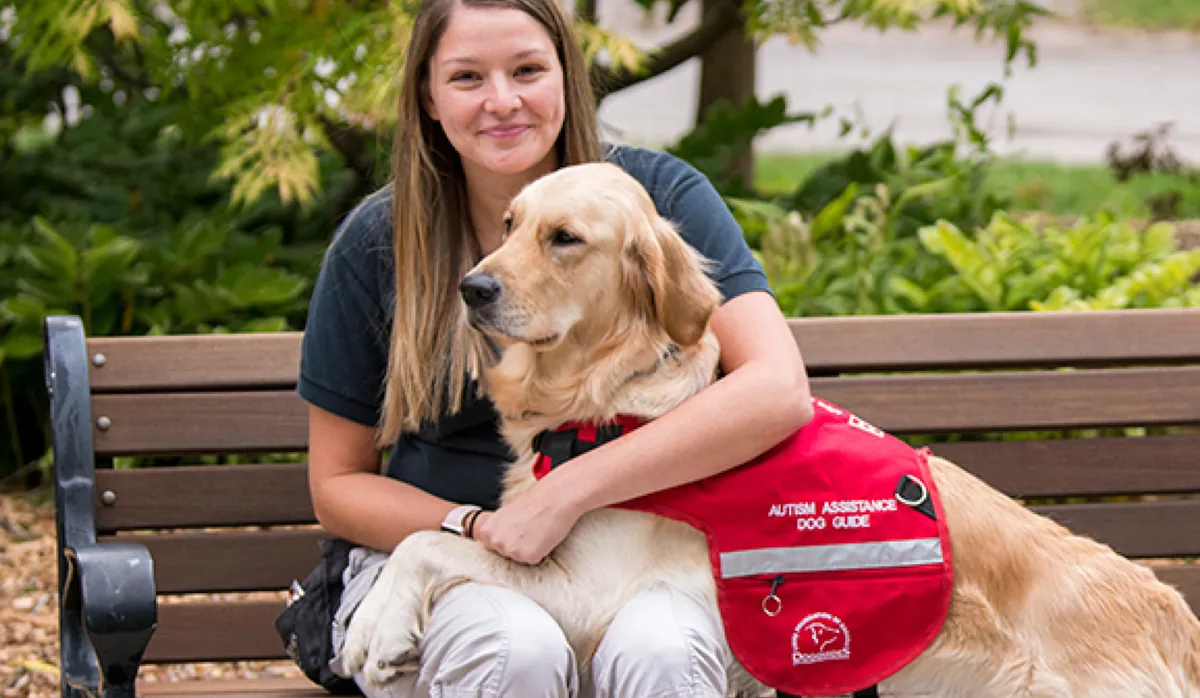General Information About Pet Breeds
Pet breeds help us understand genetic differences within species and their compatibility with humans. Knowing about breeds makes it easier to make the right choice when adopting and to provide better-informed care.
1. What Is a Breed?
“Breed” defines groups of animals that share specific physical, behavioral, or genetic traits. These traits are usually maintained and identified through selective breeding. Examples include Labrador Retriever in dogs, Siamese in cats, and Budgerigar in birds.
2. Genetics and Inheritance
Each breed carries a specific genetic heritage, influencing features such as coat type, size, temperament, and health tendencies. Selective breeding can create certain advantages (e.g., friendliness, low shedding) but may also spread genetic disorders.
Therefore, responsible breeders aim to preserve genetic diversity and prioritize animal welfare.
3. Behavior and Temperament
Behavioral traits can differ among breeds; for example, some dog breeds are more social and playful, while others are independent or protective. However, environment, training, and socialization are just as important as genetics. Even two animals of the same breed can have completely different personalities.
4. Care Requirements by Breed
- Coat care: Long-haired breeds may require regular brushing and professional grooming.
- Exercise: Active breeds (e.g., Border Collie, Husky) need daily high-energy activity.
- Nutrition: Breed-specific diets can vary depending on digestion and metabolism.
- Health: Some breeds are prone to hereditary diseases; regular vet checkups are essential.
5. Choosing the Right Breed
When choosing a pet, focus not only on looks but on your lifestyle and capacity for responsibility. Small, calm breeds may suit city life, while active ones may thrive in spacious areas.
Adoption from shelters or rescue organizations should be considered. Many wonderful mixed-breed animals are waiting for loving homes.
6. Mixed Breeds
Mixed-breed animals combine the genetics of two or more breeds. Their diverse gene pool often makes them more resistant to certain hereditary diseases, and their unique appearances and personalities are loved by many.
7. Ethical Breeding
Responsible breeders value animal welfare over profit. Ethical breeding includes limited breeding frequency, genetic screening, and proper socialization. Low-cost mass breeding or “puppy mill” practices are unethical.
8. Global Breed Registries
- FCI (Fédération Cynologique Internationale): The international federation defining dog breeds.
- CFA (Cat Fanciers’ Association): One of the world’s largest cat breed registries.
- AKC, KC, TICA, WCF: Major organizations that set breed standards in different regions.
Conclusion
Breeds represent the history, diversity, and bond between animals and humans. However, every animal is an individual — love, training, and proper care matter more than breed.

Yorumlar ve Değerlendirmeler
Henüz yorum yapılmamış. İlk yorumu siz yapın!